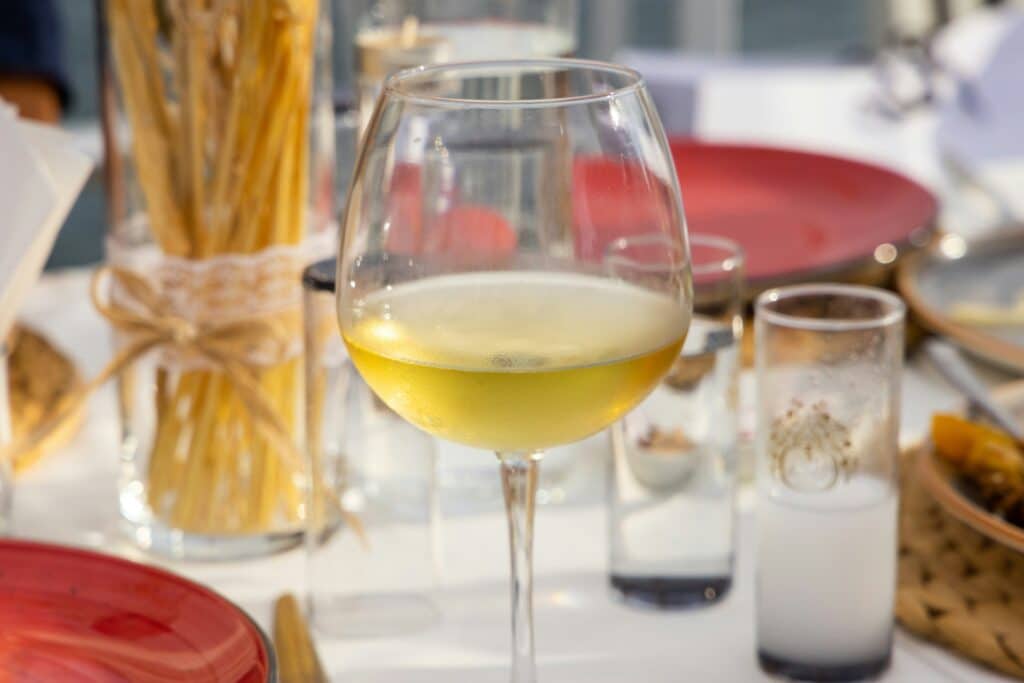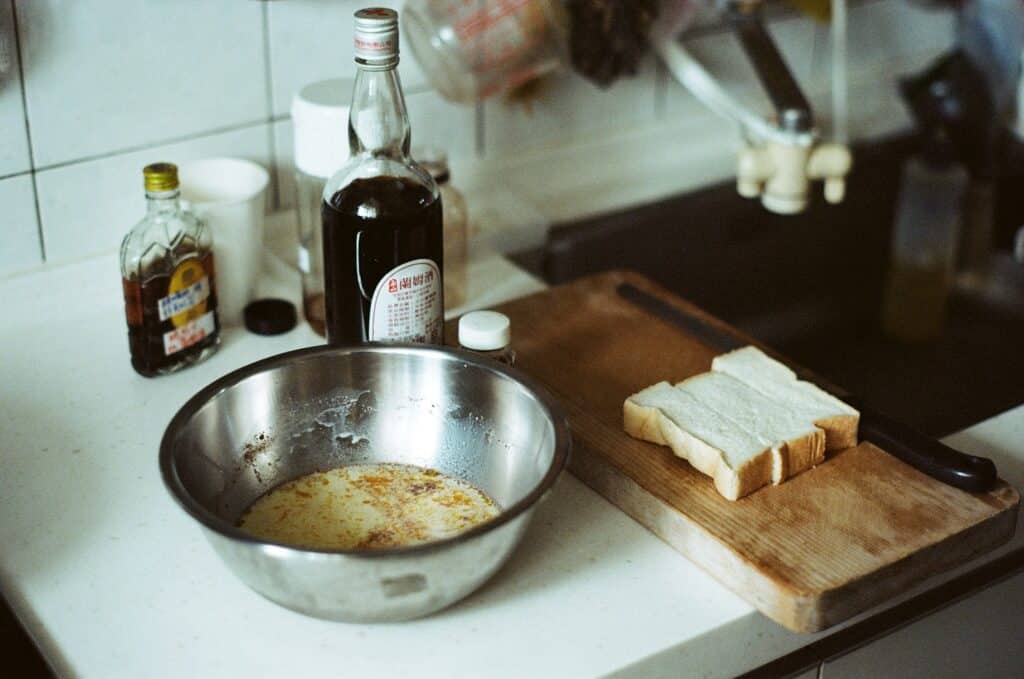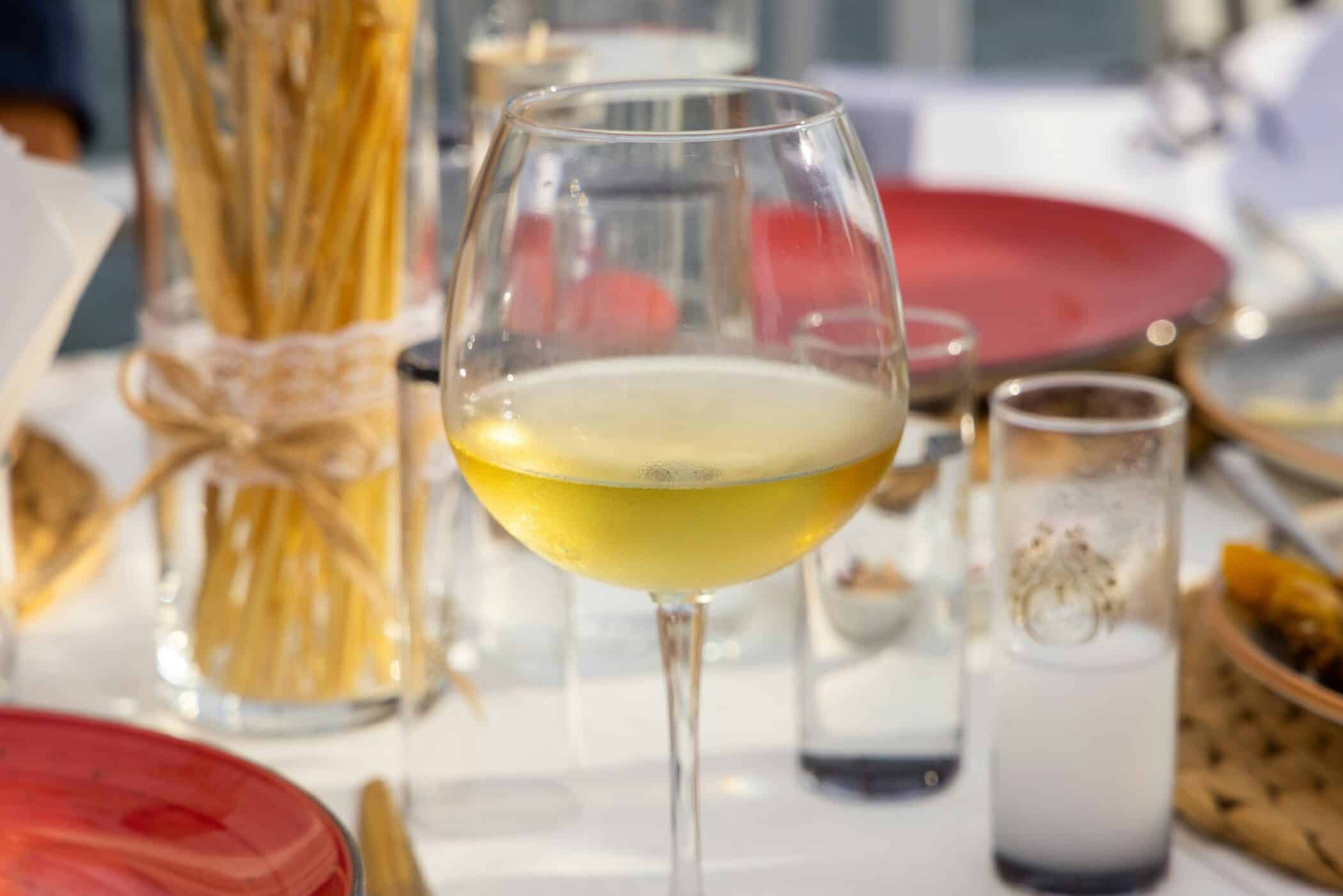
If you’ve never tried using white wine for cooking, you’re missing out on an incredible culinary secret. White wine has the power to transform ordinary dishes into extraordinary culinary experiences.
However, you should know a few tips and tricks before trying out this method. That’s why we’ll dive right into the most important things you should know when using white wine for cooking to unlock new delicious possibilities.
Table of Contents
Why should you use white wine for cooking?
The main reason for using white wine for cooking is that it enhances the dish’s flavor. You can add a new layer of depth and balance the flavors of your dish.
There are three main perks cooking with white wine offers. First, it can enrich your meals with subtle fruity and herbal notes. Its aromatic properties will make your meals much more memorable.
Its second perk is that it can balance out your meals. It’ll make sauces less overwhelming and add brightness to your food.
The third perk is its practical use for deglazing the pan. When you cook meat or vegetables, bits may stick to the pan. Adding white wine and scraping these bits off can create a flavorful base for sauces and gravies.
White wine is incredibly versatile in cooking. You can use it for countless dishes, including:
- soups;
- sauces;
- marinades;
- desserts.
Its adaptability will unlock new exciting flavors you should definitely try out.
How to use white wine for cooking?

After discovering some of the terrific benefits of cooking with white wine, it’s time to put it into practice. Here are some of the most popular methods of using white wine for cooking.
Sauces with white wine
White wine is a secret weapon for making exceptional sauces. Here’s how you can use it:
Deglazing the pan
After sautéing ingredients like onions or mushrooms, add a splash of white wine to the pan to perform a deglazing process. This means you’re using the wine to lift the flavorful bits stuck to the bottom of the pan. The result? A rich, flavorful base for your sauce.
Reductions
You can simmer and reduce white wine to concentrate its flavors. This reduction can be used as a base for creamy sauces like Alfredo or beurre blanc. The reduced wine becomes thick and intensely flavorful.
Marinades
White wine can be a fantastic ingredient of marinades for meat and seafood. Apart from adding flavor, it’ll also tenderize the meat. Combine white wine with herbs, garlic, and olive oil to create a flavorful marinade.
Enhancing flavors in seafood
Seafood is an excellent choice for a both healthy and flavorful meal plan. White wine is a natural partner for seafood dishes:
Poaching
Poaching seafood in white wine can infuse it with delicate flavors. It’s a gentle cooking method that keeps fish moist and tender. Add aromatics like lemon slices and herbs to the poaching liquid for extra depth.
Steaming
Steaming seafood with white wine can add a subtle wine trace to the dish. Steam mussels, clams, or fish with a combination of white wine and water to create a flavorful broth.
Risotto and pasta
White wine is a key ingredient in many risotto and pasta recipes. When making risotto, sauté the rice in butter and onions. Follow it up by adding white wine to deglaze the pan before gradually incorporating broth. This process results in a creamy, flavorful dish.
When preparing pasta dishes, white wine can be used to create fantastic sauces. Sauté garlic and shallots in olive oil. Then add white wine, reduce, and finish with a touch of butter or cream for an incredible pasta sauce.
Types of white wine for cooking
When using white wine for cooking, the type of wine you use will heavily influence the flavors you get. Different wines have different characteristics that make them suitable for specific meals. These are the most common types of white wine for cooking:
Sauvignon Blanc
Sauvignon Blanc is known for its refreshing acidity and lively citrus undertones. It often has hints of green apple, grass, and sometimes a touch of herbs.
It’s an excellent choice for dishes that require a herbaceous flavor profile. It pairs wonderfully with seafood, especially dishes featuring lemon, garlic, and fresh herbs.
Chardonnay
Chardonnay can be buttery and oaky, or it can be bright. Oak-aged Chardonnays may have vanilla and caramel undertones. Unoaked versions have crisp apple and pear notes.
Oak-aged Chardonnay is fantastic for creamy sauces and rich dishes. It complements the flavors of butter and mushrooms.
Unoaked Chardonnay works well in recipes where you want a fresh, clean wine flavor without overpowering the dish.
Pinot Grigio
Pinot Grigio is very light and refreshing. It has citrusy notes like lemon and lime and hints of green apple and pear.
Because of its clean and neutral profile, it’s very versatile and blends well with many recipes. It’s ideal for meals where you want the wine to enhance without dominating the flavors.
Use it in pasta dishes, risotto, and light seafood recipes.
Other options
While these are some of the most popular options, you can always experiment with other options of white wine for cooking, such as:
- Riesling;
- Gewürztraminer;
- Viognier;
- Albariño.
Their unique flavor profiles can bring out the best flavors of many meals.
However, remember that the quality of the wine you choose matters. While you don’t need to use the most expensive bottle, using a wine you enjoy drinking is a good idea. Avoid using “cooking wine,” which often has additives and lacks the flavors of regular white wine.
Common mistakes to avoid
When using white wine for cooking, you should avoid a few common mistakes.
Using expensive wines every time
Although you should use good-quality wine for cooking, you don’t always have to use the most expensive bottle. Opt for a reasonably priced wine you enjoy drinking, as long as it’s dry and suitable for the recipe.
Using sweet white wines in savory dishes
Sweet white wines, like dessert wines, can be delicious but best for sweet dishes or dessert recipes. Using them in savory dishes can lead to overly sweet results that may not be appealing.
Not tasting as you cook
Cooking with wine is an art, and the amount needed can vary depending on the recipe and personal preference. Taste your dish as it cooks and adjust the amount of wine accordingly. This way, you can get the desired balance of flavors.
Boiling the wine
Avoid boiling white wine too much. It can cause bitterness. Instead, simmer it gently to let the alcohol evaporate, and the flavors concentrate.
Adding white wine for cooking too late
You should add wine early in the cooking process to thoroughly infuse your dish with the flavors. Allowing the wine to simmer can intensify the flavors and remove the alcoholic taste.
Final thoughts
Using white wine for cooking can truly elevate your culinary creations. It serves as a flavor enhancer and adds depth to your dishes. Understanding the types of white wine and when to use them is key to achieving the desired flavors.
However, avoid common mistakes like using overly expensive wines or the wrong type for your recipe. Doing so can unlock the magic of white wine in your cooking and take your dishes to new heights. Cheers to the world of white wine-infused cuisine.

